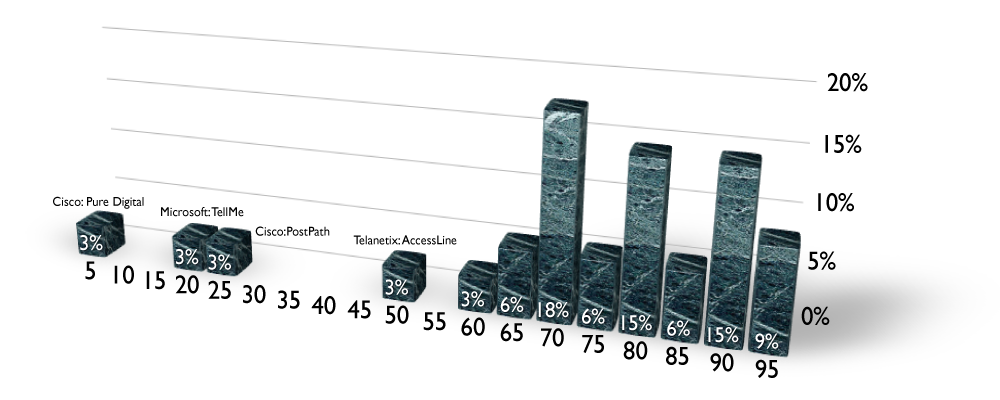Dear Kevin (Kennedy of Avaya), James (O’Neill of Siemens), Steve (Ballmer of Microsoft), John (Chambers of Cisco) and any other bidders:
I’m writing to you today to help you shape your company’s bidding strategy for Nortel Enterprise. My experience in these sorts of things comes from two major sources – I have worked there and I have studied successful M&A.
As I understand the rules of the bidding process to be supervised by the bankruptcy court and conducted at the New York offices of Cleary Gottlieb (this firm was Nortel’s outside counsel in the Bay Networks acquisition of 1998) on the morning of September 11, in oder to be successful in this auction you will have to be the highest bidder and $1 higher than the opening bidder which in this case is Avaya, is willing to go.
The research I’ve done on M&A was over a decade ago, but is still relevant. I was trying to understand why M&A fail since my employer was planning to do at least one big deal. I went to Amazon, bought about 40 lb of academic-sounding tomes on the topic and proceeded to devour the texts when they arrived later that week. Well, the #1 reason why M&A fail is that the buyer paid too much.
Armed with that insight, it is important to understand two fundamentals – what exactly are you buying? and what is the walk-away price?
Of course, there are hundreds of pages describing the tangible real estate, intellectual property, the operations, the liabilities, the intangibles and the business, details of which you are contractually bound to keep confidential. But, that’s not what I mean. What you are buying is customers. Like enterprise software buyers, telecom managers pick their vendor(s) and incrementally update, often pitting one against another. Wholesale rip and replace are indeed rare, as you know. Thousands and thousands of enterprises, educational institutions, healthcare operations and government agencies have Nortel equipment, software and service, understand how they operate and don’t need to replace the gear, like most telecom buyers, in a hurry. The goodwill of the brand is enormously valuable since it will keep these folks purchasing in coming months and years. Seriously disrupting this goodwill is a risk that the buyer runs if the post-deal business plan is to discontinue the products and migrate these customers quickly to the surviving technology.
Why is post-deal business plan to discontinue and migrate customers quickly is a bad idea? You will get much less of the market than you hope. Customers are people who don’t like to be treated poorly. I suspect that they will go out of their way to work to choose another vendor, but not yours. Competitors will know this and will swoop (some are trying now to woo away the dealers and the customers with relatively little success) on your customers and partners. This is a fool-hardy move.
What you are buying is a channel to market. Hundreds of resellers have customers with Nortel equipment, software and service, understand how both the customer and the vendor operate and have build a business adding value to the latter for the benefit of the former. These independent business men and women rely on that customer-brand goodwill and are probably more than a little sensitive about how the buyer’s actions will affect their business.
So don’t kid yourself or your shareholders if you think you can take on the business and win by migrating customers. For one reason or another, they already rejected your solutions years ago so why would they want your platform now? Real life doesn’t work as well as some pundits and analysts have suggested. You should take a lesson from Oracle and their acquisition of fierce competitors – they kept the technology and channel agreements in place. They didn’t force anybody to do anything except swap out a couple of logos and position a solution (Fusion) several generations away that every acquired product manager could point towards.
Walk-away price is the point at which the price is just too high (see #1 reason why M&A fail). In the Bay-Nortel case, there were synergies that we estimated would result from the transaction, but this calculation is unique and different for each of the bidders. I would encourage you to know what that walk-away price is for your business. Key thing to keep in mind in determining your walk-away price – what is the alternative? How else could you get 20% share of these markets? Spend $1 billion on marketing? Do a roll-up from the low-end?
Let me know if I can help,
Peter Brockmann









